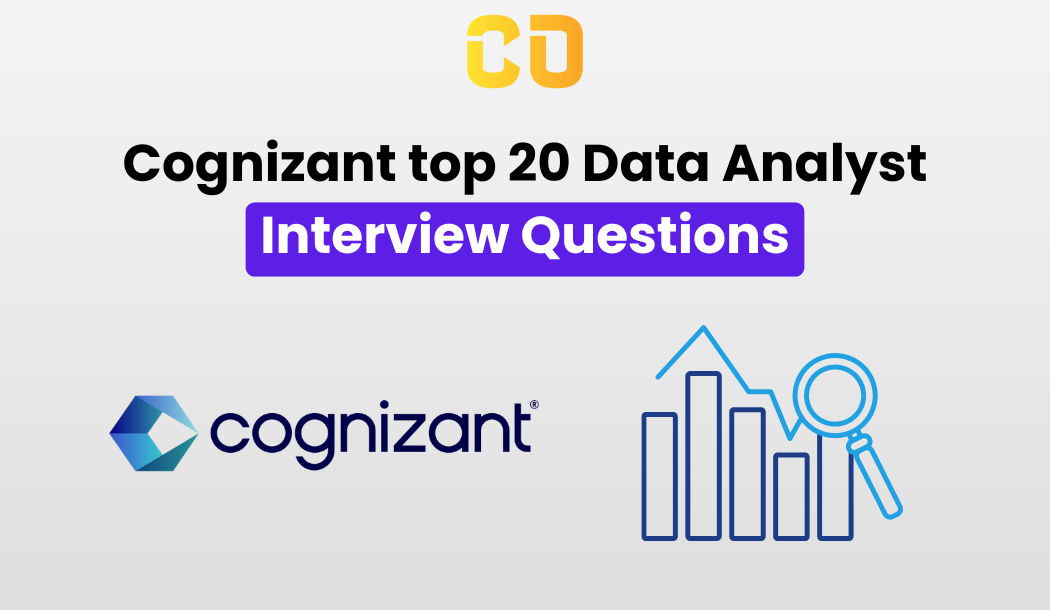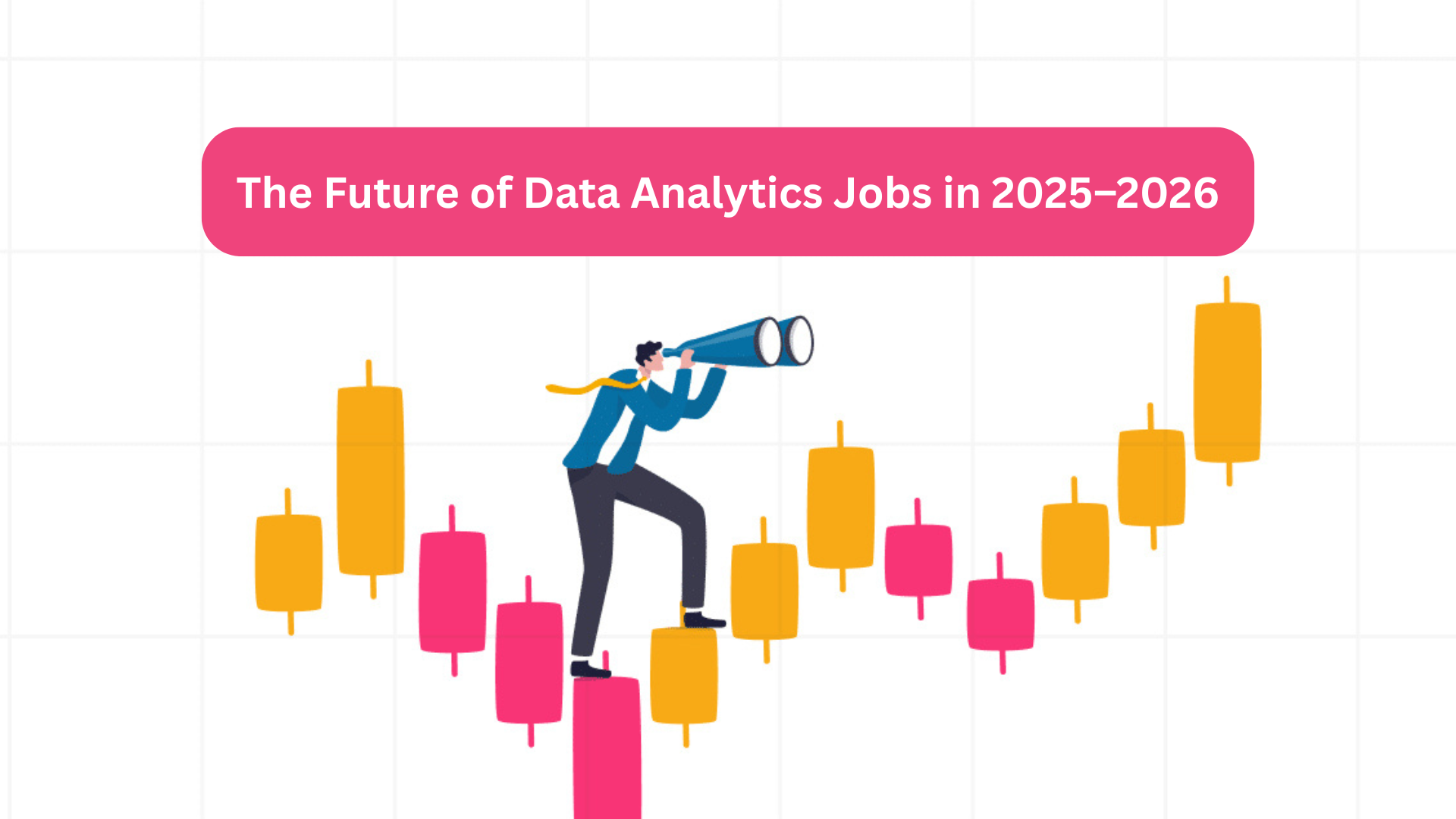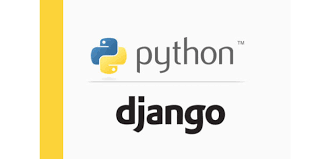As a Data Analyst at Cognizant, you’ll be expected to analyze complex datasets, provide data-driven insights, and work with various analytical tools. Preparing for your interview requires a deep understanding of data analysis, technical skills in SQL, Excel, and Python, and problem-solving approaches. Below are the top 20 Cognizant Data Analyst interview questions and answers to help you succeed.
1. What is the role of a Data Analyst?
A Data Analyst is responsible for collecting, processing, and analyzing data to help organizations make informed decisions. They use various tools and techniques to extract insights, identify trends, and provide actionable recommendations.
2. How do you approach cleaning and preparing data for analysis?
Data cleaning involves identifying and correcting errors or inconsistencies in the dataset. My approach includes:
- Handling missing data (e.g., using mean, median, or interpolation).
- Removing duplicates.
- Normalizing data to maintain consistency.
- Validating data to ensure accuracy.
3. What are the key differences between structured and unstructured data?
- Structured Data: Organized in a fixed format, such as rows and columns (e.g., databases, spreadsheets).
- Unstructured Data: Lacks a predefined format, often consisting of text, images, or videos (e.g., social media posts, emails).
4. Explain how SQL is used in data analysis.
SQL (Structured Query Language) is used to query and manage databases. In data analysis, SQL helps retrieve, filter, aggregate, and join data from multiple tables to extract meaningful insights. Common SQL commands include SELECT, JOIN, GROUP BY, and WHERE.
5. How do you handle missing or incomplete data in a dataset?
There are several strategies for handling missing data:
- Remove missing data if it’s minimal and won’t impact the analysis.
- Imputation techniques such as filling missing values with the mean, median, or mode.
- Interpolation for time-series data.
- Use machine learning techniques to predict missing values if the dataset is large.
6. What is data normalization, and why is it important?
Data normalization is the process of organizing data to reduce redundancy and improve integrity. In relational databases, normalization helps in ensuring data is stored logically and efficiently by dividing large tables into smaller, related tables.
7. What tools and techniques do you use for data visualization?
I use various tools for data visualization, including:
- Tableau for creating interactive dashboards.
- Power BI for business intelligence reporting.
- Matplotlib and Seaborn (Python libraries) for visualizing data in scripts. Effective visualizations include bar charts, scatter plots, line charts, heatmaps, and pie charts.
8. Explain the difference between correlation and causation.
- Correlation: Indicates a statistical relationship between two variables, meaning they change together, but one does not necessarily cause the other to change.
- Causation: Implies that one event is the result of the occurrence of the other event (cause-effect relationship).
9. How do you perform hypothesis testing in data analysis?
Hypothesis testing involves:
- Formulating a null hypothesis (H0), which assumes no relationship or effect.
- Formulating an alternative hypothesis (H1), which assumes a relationship or effect.
- Using statistical tests (e.g., t-test, chi-square test) to evaluate the null hypothesis.
- Based on the p-value, either rejecting or failing to reject the null hypothesis.
10. What is the difference between a primary key and a foreign key in databases?
- Primary Key: A unique identifier for each record in a table.
- Foreign Key: A field in one table that refers to the primary key in another table, creating a relationship between the two tables.
11. Describe your experience with Excel for data analysis.
Excel is a powerful tool for data analysis. I use Excel to:
- Perform data cleaning and preprocessing.
- Analyze data using PivotTables and PivotCharts.
- Use functions like
VLOOKUP,INDEX, andMATCHfor data lookup. - Apply statistical analysis tools, including regression, ANOVA, and forecasting.
12. How do you ensure data accuracy in your analysis?
To ensure accuracy, I:
- Double-check data sources and validate the data before analysis.
- Use automated checks (e.g., scripts or SQL queries) to identify anomalies.
- Cross-verify calculations and results with different tools or methods.
- Review and validate with stakeholders to confirm findings.
13. Explain what a regression analysis is and how it's used in data analysis.
Regression analysis is a statistical technique used to model the relationship between a dependent variable and one or more independent variables. It’s used to predict outcomes and understand how different factors influence the target variable (e.g., predicting sales based on marketing spend).
14. What are some common data analysis tools you have used?
Some common data analysis tools I have used include:
- SQL for querying databases.
- Excel for data manipulation and analysis.
- Python (with libraries like Pandas, NumPy, and SciPy) for advanced data analysis.
- Tableau for data visualization and dashboard creation.
15. How do you handle large datasets in your analysis?
For large datasets, I:
- Use efficient querying techniques in SQL (e.g., indexing, partitioning).
- Process data in chunks using Python's
PandasorDask. - Use cloud-based tools (e.g., Google BigQuery) to handle large-scale data.
16. What is data validation, and why is it important?
Data validation ensures that the data used in analysis is accurate, complete, and reliable. It’s important because incorrect data can lead to faulty conclusions and misguided business decisions. Validation checks include range checks, consistency checks, and uniqueness checks.
17. How do you stay updated with the latest data analysis trends and tools?
I stay updated by:
- Following industry blogs, forums, and communities.
- Participating in webinars and attending conferences.
- Enrolling in online courses on platforms like Coursera or Udemy.
- Experimenting with new tools and techniques in personal projects.
18. What is the importance of business intelligence (BI) in data analysis?
Business Intelligence (BI) tools help organizations make data-driven decisions by turning raw data into actionable insights. BI enables businesses to monitor performance, identify trends, and improve decision-making through interactive dashboards and reports.
19. How would you explain the concept of outliers and how to deal with them?
Outliers are data points that deviate significantly from the rest of the data. They can be caused by measurement errors, data entry mistakes, or true variability. To deal with outliers:
- Remove them if they are due to data errors.
- Transform data or use robust statistical techniques to minimize their effect.
- Investigate the cause of the outliers to determine their relevance.
20. What is data warehousing, and how does it support data analysis?
Data warehousing is the process of storing and managing large volumes of structured data from different sources in a centralized repository. It supports data analysis by providing a unified and optimized environment for querying and reporting, enabling organizations to analyze historical data and make informed decisions.
Conclusion
Preparing for a Cognizant Data Analyst interview requires a solid understanding of data analysis concepts, tools, and problem-solving skills. The top 20 questions and answers provided here cover the essential areas you need to focus on to succeed in your interview.
Good Luck!








Add a comment: